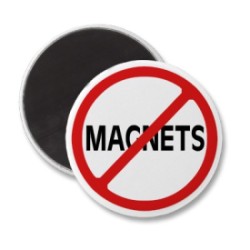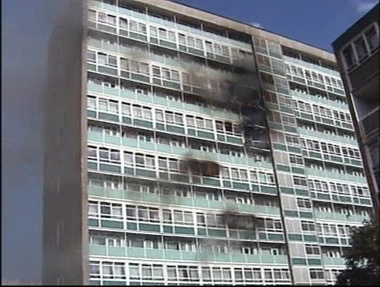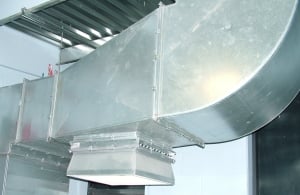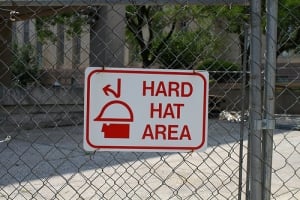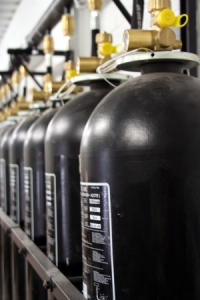Smoke shaft systems are very effective solutions to ventilate lobbies and corridors in the case of fire. A ventilator is installed at each level of the building leading into the smoke shaft in order to evacuate the smoke. Many of the early smoke shaft systems rely on electro-magnets to hold the ventilator flap closed, rather than installing motorised ventilators.
Read More
Topics:
Smoke Control,
Regulations,
Smoke shafts
A year can seem like a long time but it’s amazing how fast it can go when there’s a deadline. And there’s an important deadline looming. From July 2013 all construction products covered by harmonized European Standards under the Construction Products Regulations will have to be CE marked to be legally sold in the UK and ROI.
Of course many products are already CE marked as the CE mark is already mandatory across most of Europe, but certainly not all are. For fire safety products, certified under attestation level 1, obtaining a CE mark can be a long process, requiring independent testing, factory production control and certification.
What do you need to do?
Read More
Topics:
Regulations
The fire that broke out at Lakanal House in 2009 with tragic consequences put the spotlight on the issue of fire safety in local authority tower blocks.
Read More
Topics:
Fire Containment,
Regulations,
Residential Buildings
The publication of BS 9999 and BS 9991 has been a breath of fresh air in some ways, but of course not everything new is perfect.
Read More
Topics:
Smoke Control,
Regulations,
Smoke ventilation,
Pressurisation,
Smoke shafts
As a designer or specifier, you want to be sure that your smoke ventilation system will provide fire safety in all situations. If your design includes a pressurisation system, there are a few pitfalls to avoid. Here are seven good practices that will help you avoid them and design an effective pressurisation system:
Read More
Topics:
Smoke Control,
Regulations,
Smoke ventilation,
Pressurisation
The purpose of smoke shaft systems is to ventilate lobbies and corridors in the case of fire allowing an easier escape or more effective fire fighting due to reduced smoke levels. It is therefore necessary to provide a ventilator at each level of the building leading into the smoke shaft and to be positive that in an emergency each part of the solution will work as intended.
Read More
Topics:
Smoke Control,
Regulations,
HVAC,
Smoke shafts
Fires do not often break out in power stations, but they do happen. And when they do, it can prove very challenging to bring them under control, as the recent fire at the Tilbury Power Station in Essex showed.
Read More
Topics:
Smoke Control,
Regulations,
Smoke ventilation,
Power Plants
Publicly Available Specification (PAS) 121 has sparked some confusion as regards the difference between an insulated fire curtain and an insulated zone fire curtain. Hopefully in this blog and whitepaper we will be able to remove the confusion from the subject.
Read More
Topics:
Smoke Control,
Fire Containment,
Smoke Containment,
Regulations,
Power Plants,
Curtains
In simple terms a fire curtain is a fire rated, motorised, roller blind. Fire rated fabric is wound around a cylindrical motor which is placed inside a small galvanised steel housing. Vertical guides provide a seal at the sides when the curtain descends.
Read More
Topics:
Smoke Control,
Fire Containment,
Regulations
Over the last 40 years or so, Building Regulations have become much less prescriptive. Where once we had Mandatory rules for means of escape in case of fire, we now have simple regulations requiring reasonable or adequate protection from fire, backed up by an Approved Document that becomes less prescriptive with every revision and embraces the use of fire engineered alternatives.
Read More
Topics:
CFD,
Regulations
When planning an air conditioning system for their building, consultants, specifiers and building operators have to deal with regulations on fluorinated greenhouse gases, or F-gases. What are the implications of these regulations, since they are increasingly tighter than previous regulations and what can you do to mitigate the issues surrounding F-gas?
Read More
Topics:
Regulations,
Climate Control
Buildings are becoming increasingly airtight to meet energy efficiency and low carbon emission regulations, such as the Approved Document L (ADL). This means that, when designing the building’s smoke control system, it is essential to include not only means of extracting the smoke, but also ways to let the air in.
Why is that so much more important with airtight buildings?
Read More
Topics:
Smoke Control,
CFD,
Regulations,
Smoke ventilation
It’s well known that productivity at manufacturing plants plummets when temperatures persistently exceed 25C – and that’s a normal summer day. Surveys have shown that every degree above 20C can reduce productivity by as much as 4 percent. That means a rise of just 5 degrees can cut your output by an eye-watering 20 percent.
When the working environment is too hot, people work far less efficiently, morale plunges, and accidents and absenteeism rise. Cooling the factory shop floor is essential to keep productivity levels high - and for the wellbeing of the people working in this environment. But conventional cooling systems are not a viable solution: they are expensive, installation is costly, and so is the energy they use to bring the temperature down to desired levels.
Read More
Topics:
Productivity,
Regulations,
Evaporative cooling,
Heat pumps,
Whitepaper

